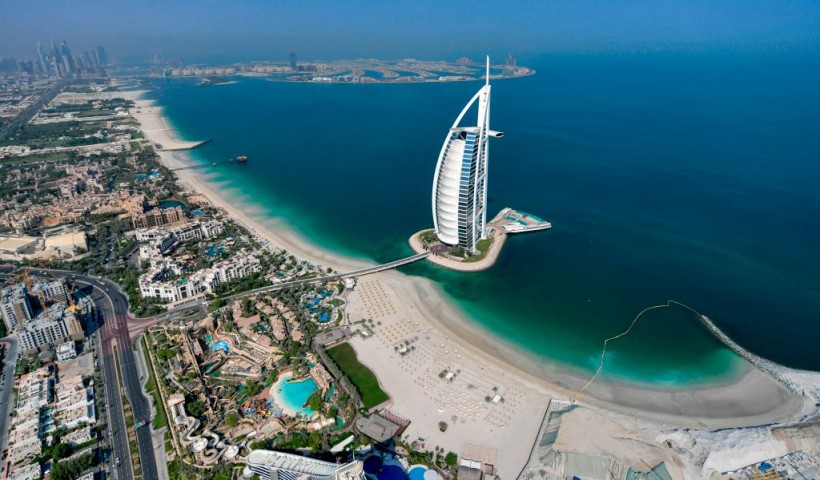Nakheel, a prominent property developer in Dubai, has been granted the first license to use 3D printing technology for building projects in the city.
This landmark decision represents a significant step forward in Dubai's efforts to embrace innovative urban development solutions.
The issuance of the license, as announced by the Planning and Development Department (Trakhees), marks a watershed moment in Dubai's construction landscape.
Under the regulatory oversight of the Ports, Customs, and Free Zone Corporation (PCFC), Nakheel has been granted permission to use 3D printing technology for its Al Furjan Hills project, which began in December 2023.

Completed in 20 Days
What distinguishes this development is the remarkable rate at which progress is being made. The printing process for the inaugural project was completed in just 20 days after construction began, demonstrating the efficiency and effectiveness of 3D printing technology in the building sector.
Sultan Ahmed bin Sulayem, Chairman of PCFC, stated that the corporation is committed to implementing Sheikh Mohammed bin Rashid Al Maktoum's Decree No. (24) of 2021. This decree, which regulates the use of 3D printing in Dubai's construction industry, is expected to stimulate economic growth, promote environmental sustainability, and improve urban development (via Arabian Business).
Furthermore, Bin Sulayem emphasized the strategic importance of working with key stakeholders, such as Nakheel, to establish Dubai as a global hub for construction and innovation.
Trakhees, the regulatory authority in charge of integrating 3D printing technology, has played an important role in promoting its adoption and ensuring regulatory compliance.
Nakheel's acquisition of the 3D printing license heralds a new era of construction in Dubai, marked by innovation, efficiency, and sustainability.
3D Printing Technology
The advantages of 3D printing in construction are broad. It not only provides cost-effective and time-efficient alternatives to traditional methods, but it also significantly lowers labor costs and reduces the environmental impact of construction activities.
With Dubai aiming to have 25% of its buildings built with 3D printing technology by 2030, the importance of this innovation cannot be overstated. This initiative aims to position the UAE and Dubai by 2030 as a leading hub of 3D printing technology for the "benefit of humanity."
Read Also: Would You Live In A 3D-Printed House? Here's What You Should Know
Europe's Largest 3D-printed Structure
In parallel with Dubai's efforts, the global construction landscape is seeing remarkable advances in 3D printing technology.
A notable example is the completion of a 3D-printed building in Heidelberg, Germany, which is both Europe's largest 3D-printed structure and the world's first 3D-printed data center. Work on the facility began last year with a BOD2 3D construction printer.
With regulatory support, collaborative partnerships, and a shared vision for the future, the potential for transformative change in the construction industry is endless.
Stay posted here at Tech Times.
Related Article: Researchers Use 3D Printing to Create Smart Concrete Wall for Safer, Sustainable Infrastructure










